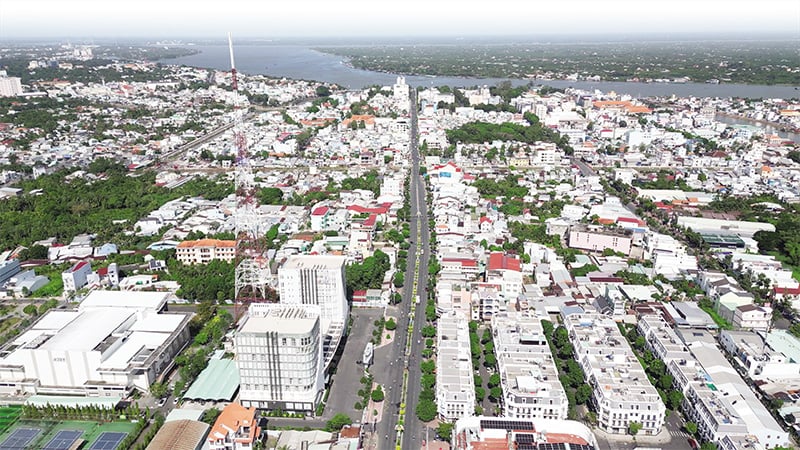 |
| Vinh Long province after the merger ( Ben Tre , Tra Vinh and Vinh Long provinces) has a large development space, converging potential and outstanding advantages. Photo: Cong Danh |
Agricultural economic center of the region
Vinh Long province's agriculture is diverse and rich, with typical strengths in rice; aquaculture, exploitation and processing of aquatic and seafood products; and key fruit trees such as oranges, green-skinned grapefruit, mango, longan, rambutan, coconut, durian; seedlings - ornamental flowers...
In recent times, localities in the province have reorganized production towards value chains, forming concentrated production areas for key crops, granting growing area codes, applying GAP, organic, VietGAP standards, etc.; building product brands associated with the processing industry, serving domestic consumption and export. At the same time, irrigation, electricity and transportation infrastructure systems have been invested synchronously to serve specialized production.
In particular, Ben Tre province before the merger strongly developed coconut trees, fruit trees, ornamental flowers and seedlings..., being the leading locality in the country in terms of area and output of coconut trees with 79,697 hectares, output of over 707 million fruits; fruit tree area reached 23,045 hectares, output of 280,960 tons... The whole province has 26,524.9 hectares of agricultural production according to organic standards, GAP and equivalent (coconut: 20,401.2 hectares; fruit trees: 664 hectares; aquatic products: 5,459.7 hectares); there are 24 codes for domestic growing areas, with an area of over 640 hectares; 196 export growing areas (with 298 codes), with an area of 9,460 hectares; there are 6 enterprises granted codes for packaging facilities for export to markets such as the United States, New Zealand, Europe, China, Thailand...
Agriculture is identified as one of the four economic pillars of Vinh Long province (old), with the rice area in 2024 being nearly 110,000 hectares, with an output of about 676,829 tons; the area of color crops is estimated at 47,124 hectares, with an output of about 926,126 tons; the area of perennial crops is about 72,052 hectares, with an output of 1,574,500 tons. The aquaculture sector is interested in supporting the improvement of product quality through increased application of GAP production processes; cage and raft fish farming and specialty aquaculture in the direction of industry, intensive farming, and food safety. The output of aquaculture and exploitation in 2024 is about 149,072 tons.
Before the merger, Tra Vinh had a growing agricultural economy, developing towards commodity production, forming concentrated raw material production areas. Investment policies in agriculture, rural areas, infrastructure serving production and science and technology transfer continued to receive investment attention. The production structure transformed in accordance with the province's strengths.
In particular, Tra Vinh has the second largest coconut growing area in the country, after Ben Tre, with more than 7.2 million coconut trees, oriented towards organic production to increase the value of coconut trees and meet consumer demand... The whole province has 393 products certified by OCOP (One Commune One Product Program); the value brought about by the development of OCOP products has contributed to increasing the value chain of industries in production and people's income. The total production value of the agricultural sector by the end of 2024 will reach 32,580 billion VND.
In the agricultural sector, Vinh Long province is currently aiming to build a high-tech, ecological, organic, circular agriculture that adapts to climate change; develop green economic models, circular economy, and become one of the agricultural economic centers of the Mekong Delta.
Center for Marine Economy and Renewable Energy
After the reorganization, Vinh Long province merged, with a coastline of 130 km. The coastal route of Ben Tre and Tra Vinh is being invested in, connecting the eastern corridor of the province with Ho Chi Minh City and the region; Dinh An estuary is the exit point of the Hau River... creating ideal conditions for developing the marine economy, transporting goods, coastal services and renewable energy. This is identified as the province's key economic sector.
Located in the Eastern coastal sub-region of the Mekong Delta, Tra Vinh province before the merger had a 65 km long coastline, being the gateway to the Mekong Delta with 2 river mouths (Dinh An and Cung Hau), a seaport system (Duyen Hai Power Center Seaport, Dinh An General Port Area, Tra Cu Port) and a channel for large tonnage ships to enter the Hau River - an important maritime route of the Mekong Delta connecting to the East Sea with the whole country and internationally.
 Vinh Long province has an area of 6,296.20 km2, population of 4,257,581 people (9th/34 provinces and cities), GRDP of 254,479,941 million VND (17th/34 provinces and cities); attracting 183 foreign direct investment projects, with a total registered capital of more than 5.9 billion USD (2nd in the Mekong Delta region).
Vinh Long province has an area of 6,296.20 km2, population of 4,257,581 people (9th/34 provinces and cities), GRDP of 254,479,941 million VND (17th/34 provinces and cities); attracting 183 foreign direct investment projects, with a total registered capital of more than 5.9 billion USD (2nd in the Mekong Delta region). 
Tra Vinh also has Dinh An Economic Zone, planned with an area of 39,000 hectares, identified by the central government as one of the country's key coastal economic zones. This is a multi-sector, multi-sector economic zone, including industry - trade - services - urban and agriculture - forestry - fishery; creating momentum for local and regional economic development.
In particular, Tra Vinh has great potential for renewable energy development, with a capacity of more than 21,000 MW, especially nearshore and offshore wind power potential. There are 4 thermal power plants and 5 wind and solar power plants in operation in the province, with a total capacity of 4,820 MW. In the period of 2026-2030, Tra Vinh will operate 5 more projects, including rooftop solar power, waste-to-energy and biomass power, increasing the total capacity by 288 MW.
In addition, the Tra Vinh Green Hydrogen Production Plant Project (in Dinh An Economic Zone), invested by TGS Tra Vinh Green Hydrogen Joint Stock Company, with a capacity of 24,000 tons of hydrogen/year and 195,000 tons of oxygen/year, was started in March 2023. This is a large-scale hydrogen production project and the first green hydrogen production project from renewable energy sources invested in Vietnam.
Similarly, with a 65 km long coastline, Ben Tre province before the merger had great advantages in developing the marine economy, including: exploitation, aquaculture, seafood processing; development of renewable energy projects; afforestation associated with eco-tourism.
In recent years, Ben Tre's marine economy has had positive developments. The aquaculture sector has developed strongly, and offshore fishing has been invested in. The province has built 3 fishing ports in the coastal districts of Binh Dai, Ba Tri, and Thanh Phu (old). In 2024, the aquaculture area in the area will reach 47,800 hectares, of which intensive and semi-intensive shrimp farming will reach 13,000 hectares, with an output of 313,358 tons (of which the high-tech shrimp farming area will reach 523 hectares).
Ben Tre also has strengths in fishing, with 3,606 fishing boats, the total fishing output in 2024 will reach 230,890 tons. Ecotourism in the coastal areas of Binh Dai, Ba Tri, Thanh Phu (old) is developing quite rapidly. Many coastal tourist areas and spots have been invested in upgrading and newly built, tourism products are increasingly rich, diverse, and attractive to tourists.
In the field of renewable energy and new energy, Ben Tre has 22 approved wind power projects, with a total capacity of more than 1,100 MW. Of which, 9 projects have completed turbine installation and grid connection with a total capacity of more than 250 MW. Along with that, the province is promoting procedures to implement the Ben Tre Green Hydrogen Production Plant Project (in Bao Thanh commune), proposed by investor The Green Solutions, with a production scale of 24,000 tons of hydrogen/year, 182 tons of ammonia/year and 195,000 tons of oxygen/year.
Based on the development requirements of the province, right from the beginning of the term, Ben Tre Provincial Party Committee issued Resolution 04-NQ/TU on developing the province towards the East in the period of 2021-2025 and vision to 2030, aiming to exploit and effectively use the advantages of the marine economy, associated with ensuring national defense - security and adapting to climate change. Prioritizing investment in coastal dynamic traffic routes and fields such as: renewable energy, seaports - logistics, processing industry; manufacturing, urban areas - services - integrated tourism, high-tech agriculture...
Regarding the development orientation of the new Vinh Long province, at a working session with the Standing Committee of the Ben Tre Provincial Party Committee, the Standing Committee of the Tra Vinh Provincial Party Committee and the Standing Committee of the Vinh Long Provincial Party Committee in early June in Ben Tre, General Secretary To Lam directed: After the merger, Vinh Long province needs to strongly transform from the traditional growth model to a development model based on innovation, green economy, regional linkage and digital transformation; develop the economy on the basis of science - technology, human capital and private economy.
The focus is on selectively developing key industries, based on effectively exploiting complementary advantages between the three localities, including: ecological - organic agriculture associated with deep processing industry; marine economy and renewable energy in Tra Vinh; logistics services and intra-regional transportation in Vinh Long; eco-tourism, community culture in Ben Tre - Vinh Long - Tra Vinh associated with the typical river and garden ecosystem of the region.
Forming large-scale, highly spillover economic dynamic zones such as: the Tien and Hau riverside areas develop logistics and agricultural product transit; the coconut - fruit - aquatic product areas of Ben Tre and Vinh Long develop high-tech agriculture and agricultural products for export; the Tra Vinh coastal area focuses on clean energy, seaports and aquatic product processing industry.
Source: https://baodautu.vn/vinh-long-khong-gian-rong-mo-tiem-nang-hoi-tu-d326243.html


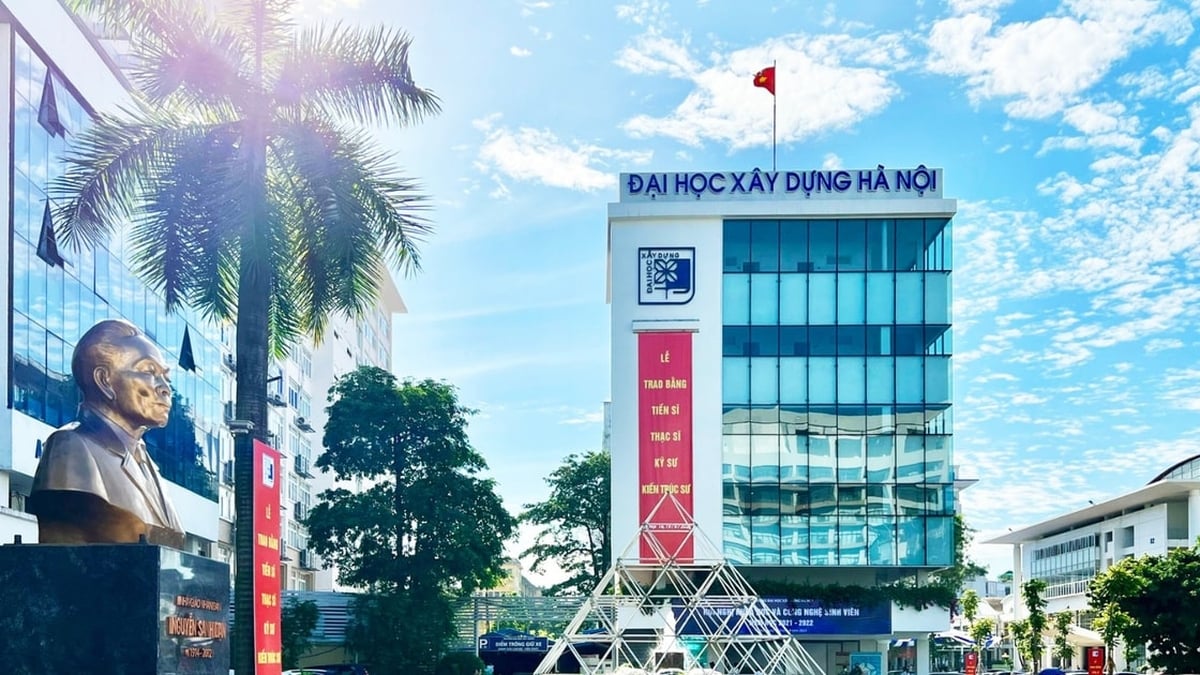
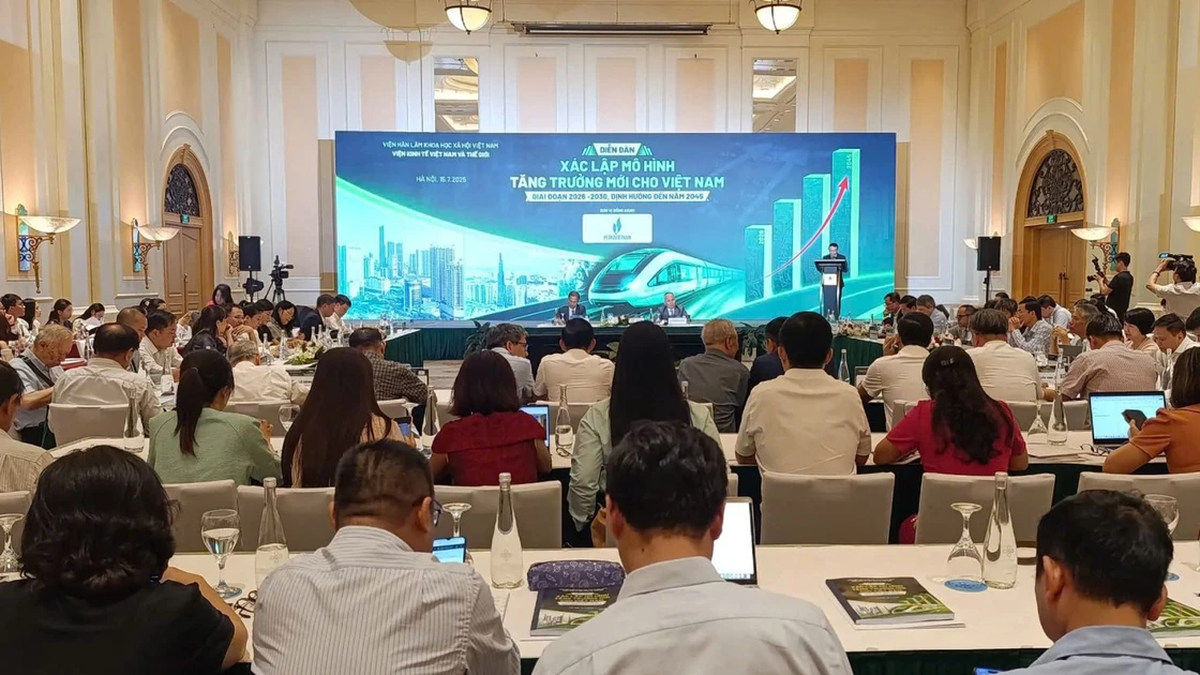
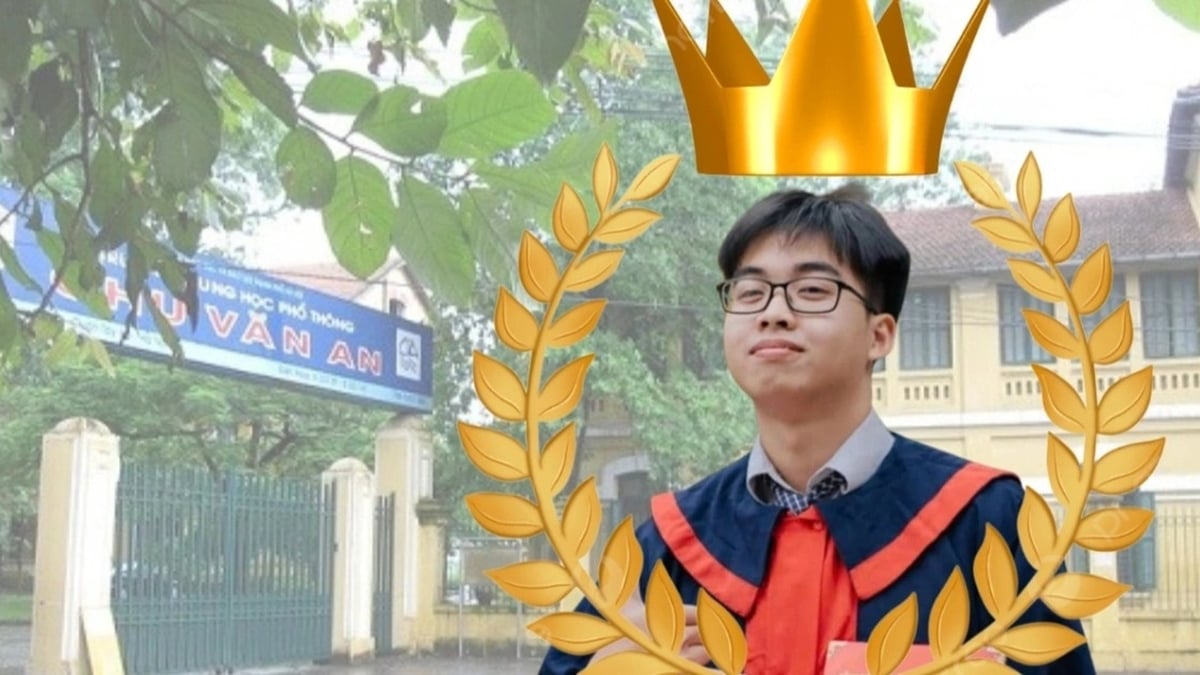
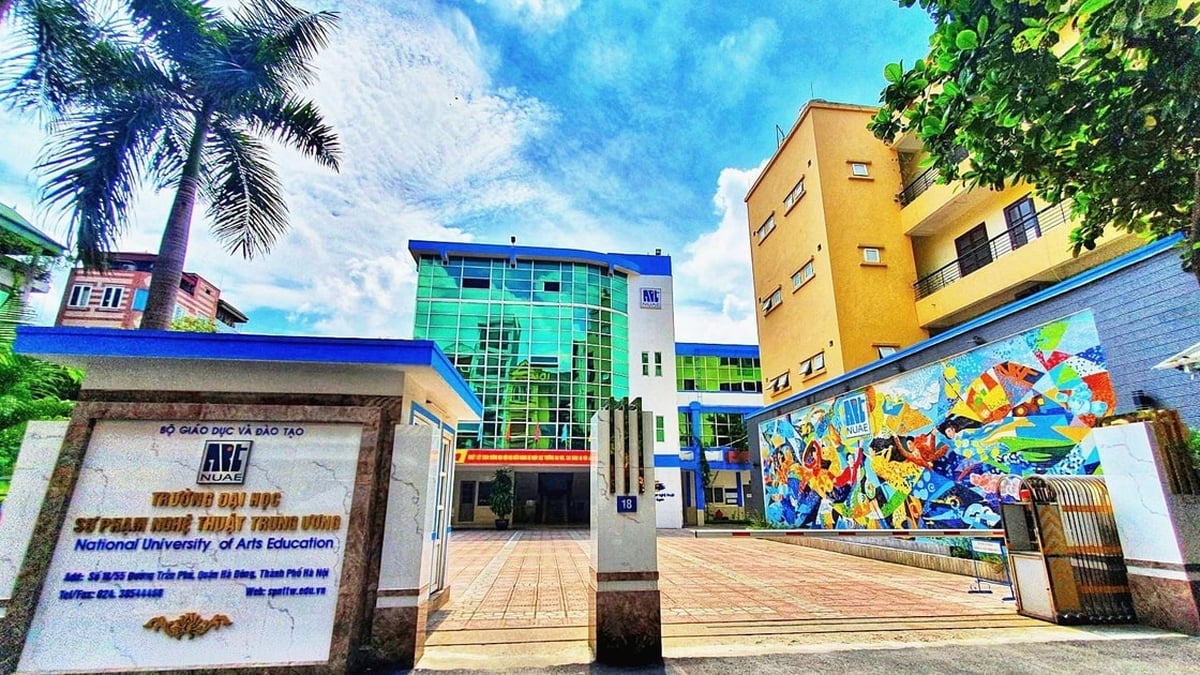
![[INFOGRAPHIC] Open-back headphones, look like a... pill](https://vphoto.vietnam.vn/thumb/1200x675/vietnam/resource/IMAGE/2025/7/16/cd63f007ad404018aa504c1009ce19ba)

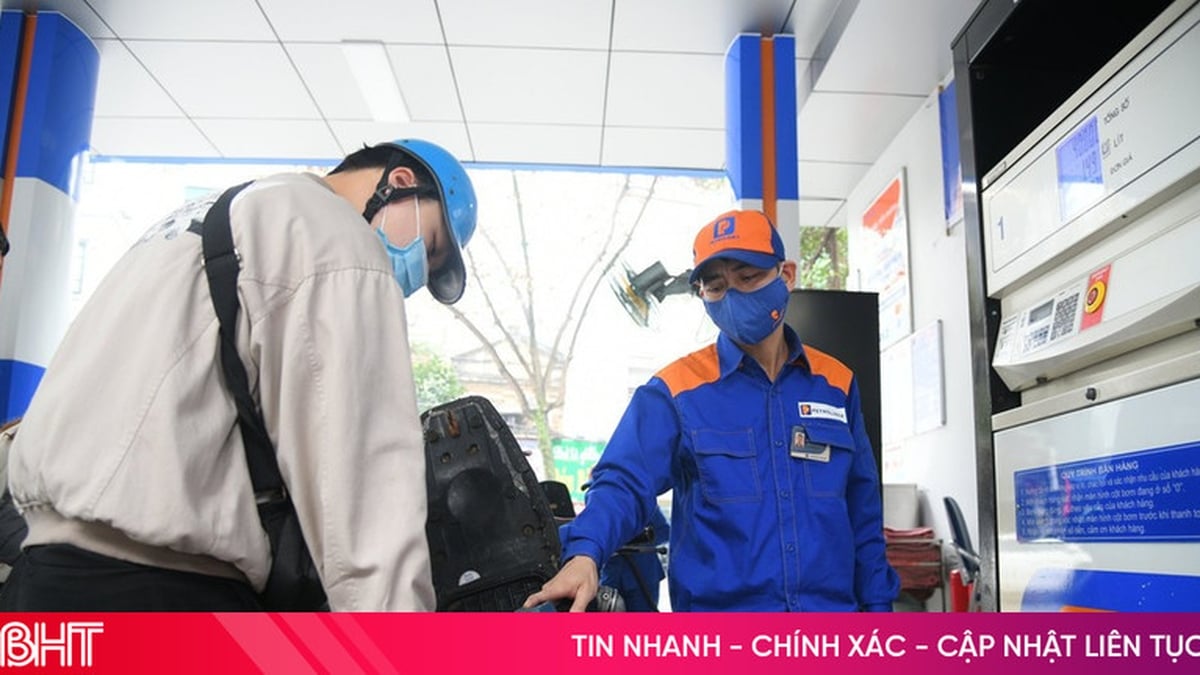
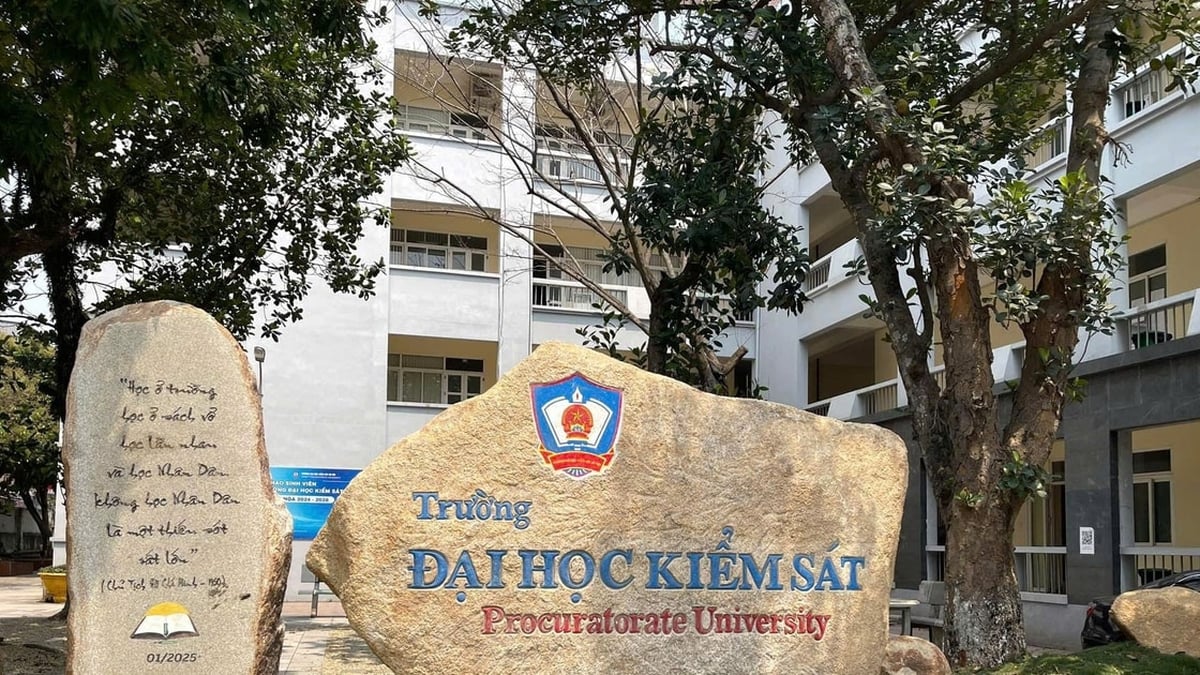




























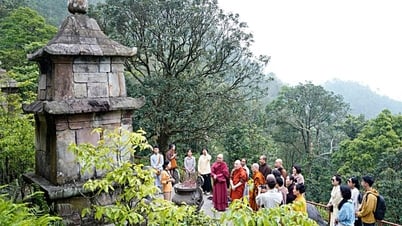






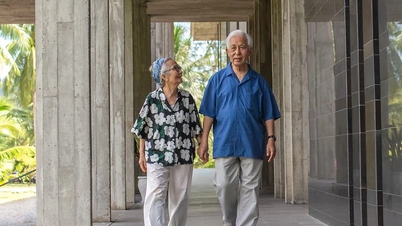

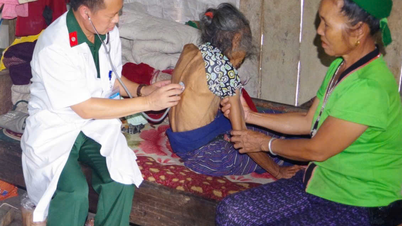







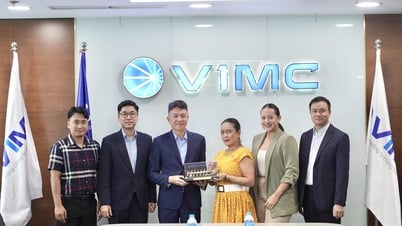

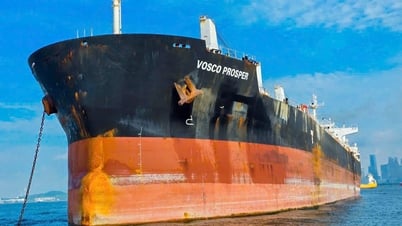
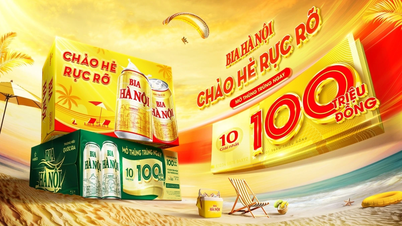
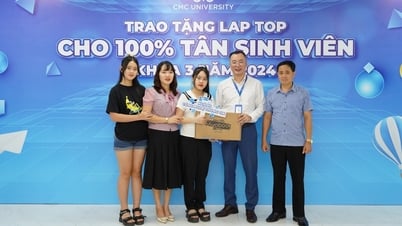

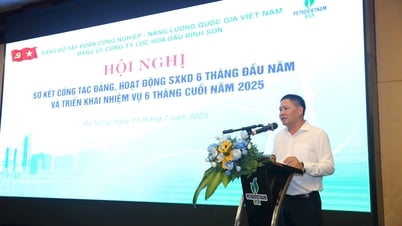

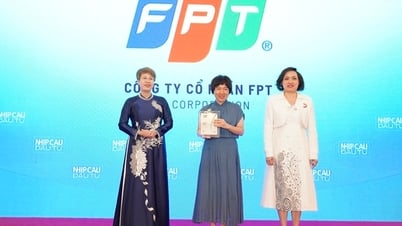

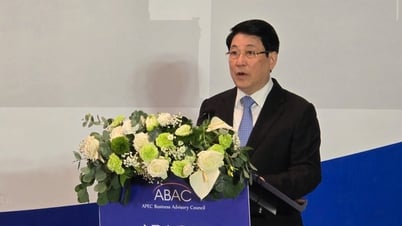



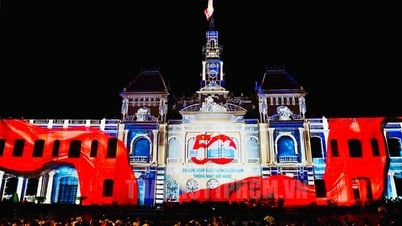
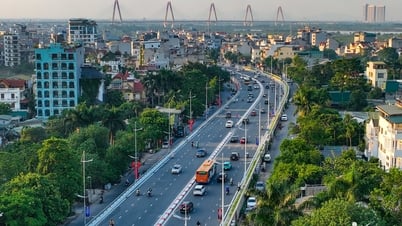
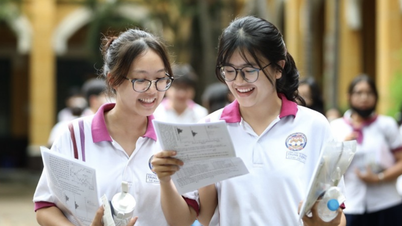
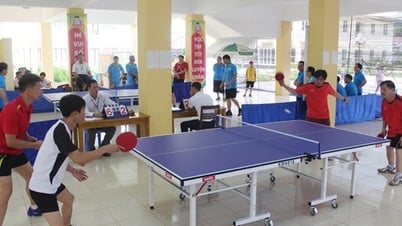

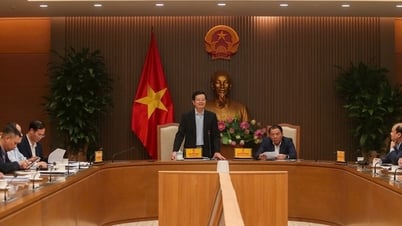

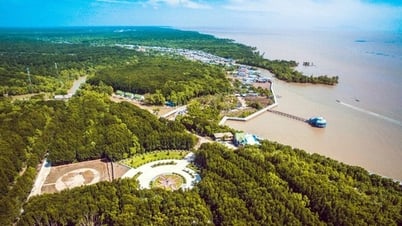
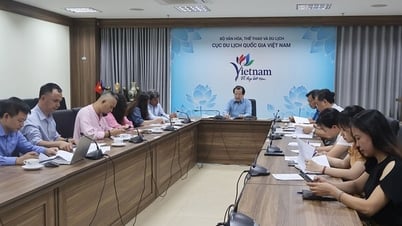





















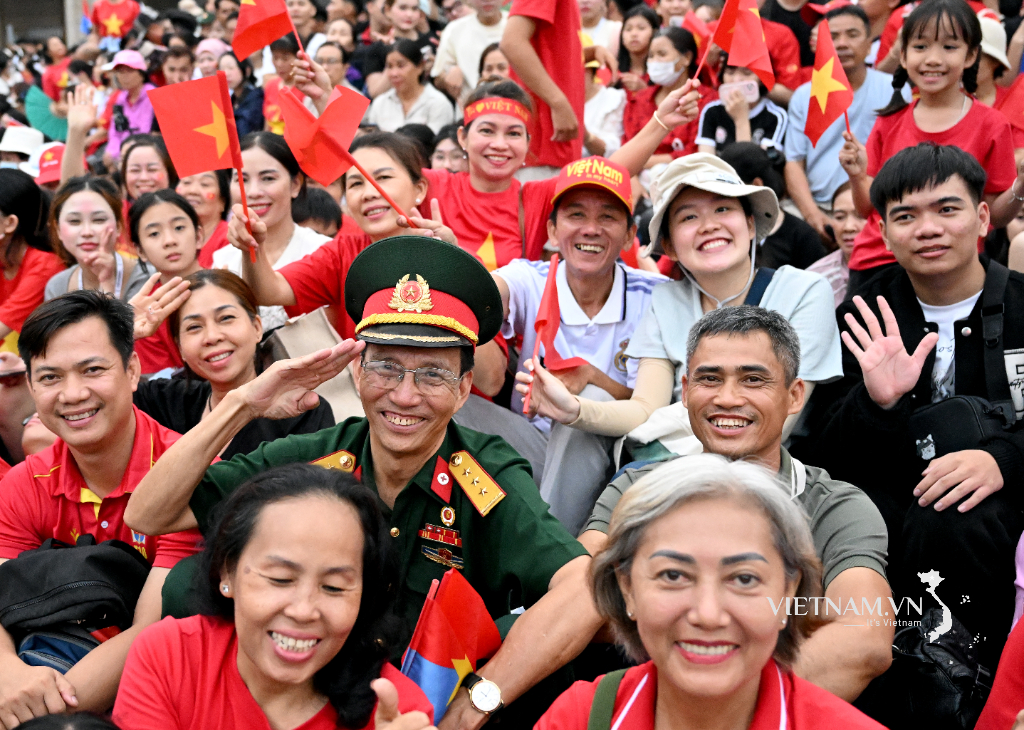


Comment (0)